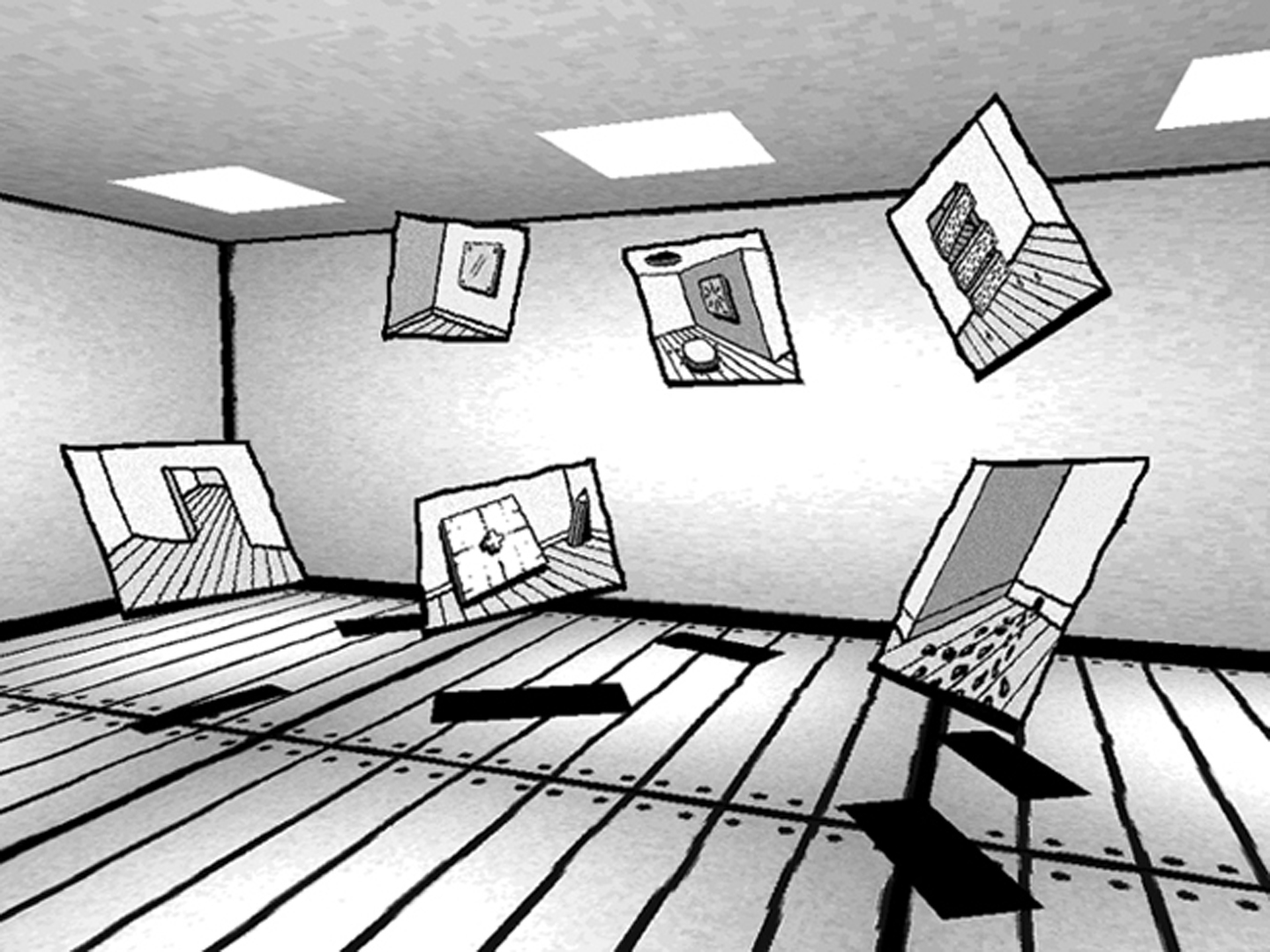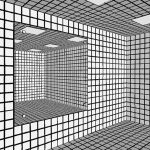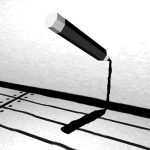“CD-ROM: Work in Progress” by Pete Maloney
Title:
- CD-ROM: Work in Progress
Artist(s) and People Involved:
- Pete Maloney
-
- Chelsea College of Art and Design
Exhibiting Artist(s):
Symposium:
Artist Statement:
In Work in Progress, real-time virtual reality technology has been used to bring to life a series of drawings in order to examine the possibilities of a life beyond the frame. A still image leaves much to the interpretation of the viewer. Virtual reality technology, however, can place us inside the image where we can explore and interact with what we see. The work attempts to offer up new paradigms for virtual space as a fluid sketchbook/studio/exhibition space, where ideas and events can be dynamically realized, documented and presented. When we first enter the space we find ourselves in a room surrounded by the images which inspired the work. They portray either fictitious or real events. As we explore further, we discover that these events have been simulated in the virtual space. Even thought the work is obviously not an attempt at an exact simulation of the real world, it was important that the environment was ‘alive’ and looked ‘lived in’. So many virtual environments are un-naturally shiny, clean and empty. I wanted to include mess, mistakes, and some evidence of life, both artificial and actual. At the time the work was being produced I had an ant infestation in my home. This is documented in the first room and is re-enacted later on in another. If we are in the right place at the right time, we may see the ants falling through into the space from the loft hatch above us. The fact that we experience the work in real time, however, also allows to be in the wrong place at the wrong time, and such events unfold without our knowledge. Virtual pets also reside in the space. Initially they may be heard before they are seen, as they sniff their way around the environment. This sniffing sound grows louder as we get closer to discovering them. Both the ants and pets are guided by scripts which propel them randomly around the space, making their journey unpredictable and therefore unique each time the work is activated. They could be described as having a kind of artificial un-intelligence. As a way of exploring the notion of virtual presence, we can relinquish our human viewpoint to become one of these creatures and see the world from their point of view. Pencils littered throughout the space suggest the possibility for the work to be dynamically updated or remixed, either by the artist or visitors to the space. As a shared multi user virtual environment, we could use them to draw our own avatars or use the space as a site for creative collaboration.
Website:
Additional Images:
Video:
Category:
All Works by the Artist(s) in This Archive:
- Pete Maloney
- More Art Events from Pete Maloney in this archive:

CD-ROM: Work in Progress
[ ISEA97]








